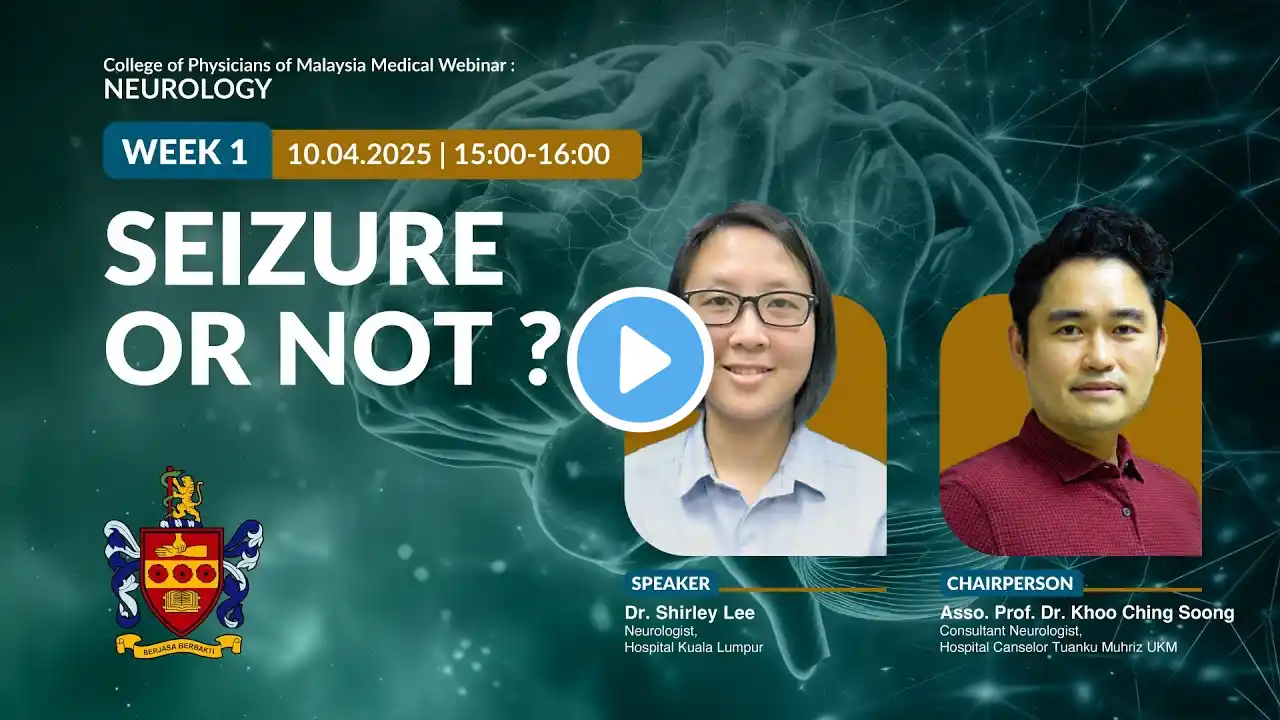
Seizure attack
Seizures: Types, Causes, and Management Seizures are neurological events characterized by sudden, uncontrolled electrical disturbances in the brain. They can vary widely in severity and duration, affecting people of all ages. Let's delve into the basics of seizures, including their types, causes, symptoms, medication, and preventive measures. Types of Seizures: Seizures are broadly classified into two main types: 1. Generalized Seizures: These seizures affect both sides of the brain and typically involve loss of consciousness. Examples include tonic-clonic seizures (formerly known as grand mal seizures), absence seizures (formerly known as petit mal seizures), and atonic seizures. 2. Focal (Partial) Seizures:These seizures originate in one area of the brain and may or may not involve loss of consciousness. Focal seizures are further categorized into focal onset aware seizures and focal onset impaired awareness seizures. Pathophysiology: During a seizure, abnormal electrical activity disrupts the normal functioning of the brain. This can result from various factors, including genetic predisposition, brain injury, infections, tumors, and developmental disorders. The specific mechanisms underlying seizures vary depending on the type and cause. Causes of Seizures: Seizures can be triggered by a wide range of factors, including: Genetic Factors:Some individuals may inherit a predisposition to seizures. Brain Injury:Traumatic brain injury, stroke, brain tumors, and infections such as meningitis can all increase the risk of seizures. Metabolic Disorders:Conditions such as electrolyte imbalances, hypoglycemia, and kidney or liver failure can lead to seizures. Neurological Conditions: Epilepsy is the most common neurological disorder associated with recurrent seizures. Other conditions such as Alzheimer's disease and multiple sclerosis may also increase the risk. Drug or Alcohol Withdrawal: Abrupt cessation of certain medications or substances can trigger seizures. Infections: Infections affecting the brain, such as encephalitis or meningitis, can provoke seizures. Symptoms: The symptoms of a seizure can vary widely depending on the type and severity but may include: Temporary confusion Uncontrollable jerking movements Staring spells Loss of consciousness Sensory disturbances Automatic behaviors Medication: Treatment for seizures typically involves antiepileptic medications, which help to stabilize electrical activity in the brain and reduce the frequency and severity of seizures. The choice of medication depends on factors such as the type of seizure, age of the patient, and other medical conditions. In some cases, surgery or other interventions may be recommended to manage seizures that do not respond to medication. Preventive Measures: While seizures cannot always be prevented, certain measures can help reduce the risk or minimize their impact: Medication Adherence:Taking antiepileptic medications as prescribed can help prevent seizures. Avoiding Triggers: Identifying and avoiding potential triggers, such as lack of sleep, stress, or flashing lights, may help reduce the risk of seizures in susceptible individuals. Lifestyle Modifications:Adopting a healthy lifestyle, including regular exercise, balanced nutrition, and stress management, can contribute to overall well-being and may help reduce the frequency of seizures in some cases. Safety Precautions:For individuals prone to seizures, taking safety precautions such as wearing a medical alert bracelet, avoiding activities that pose a risk of injury during a seizure, and ensuring a safe environment at home can help minimize the potential consequences of seizures. In conclusion, seizures are complex neurological events that can have a significant impact on individuals' lives. Understanding the types, causes, symptoms, and management options for seizures is crucial for effective treatment and support. By working closely with healthcare professionals and implementing appropriate preventive measures, individuals living with seizures can better manage their condition and improve their quality of life.



















